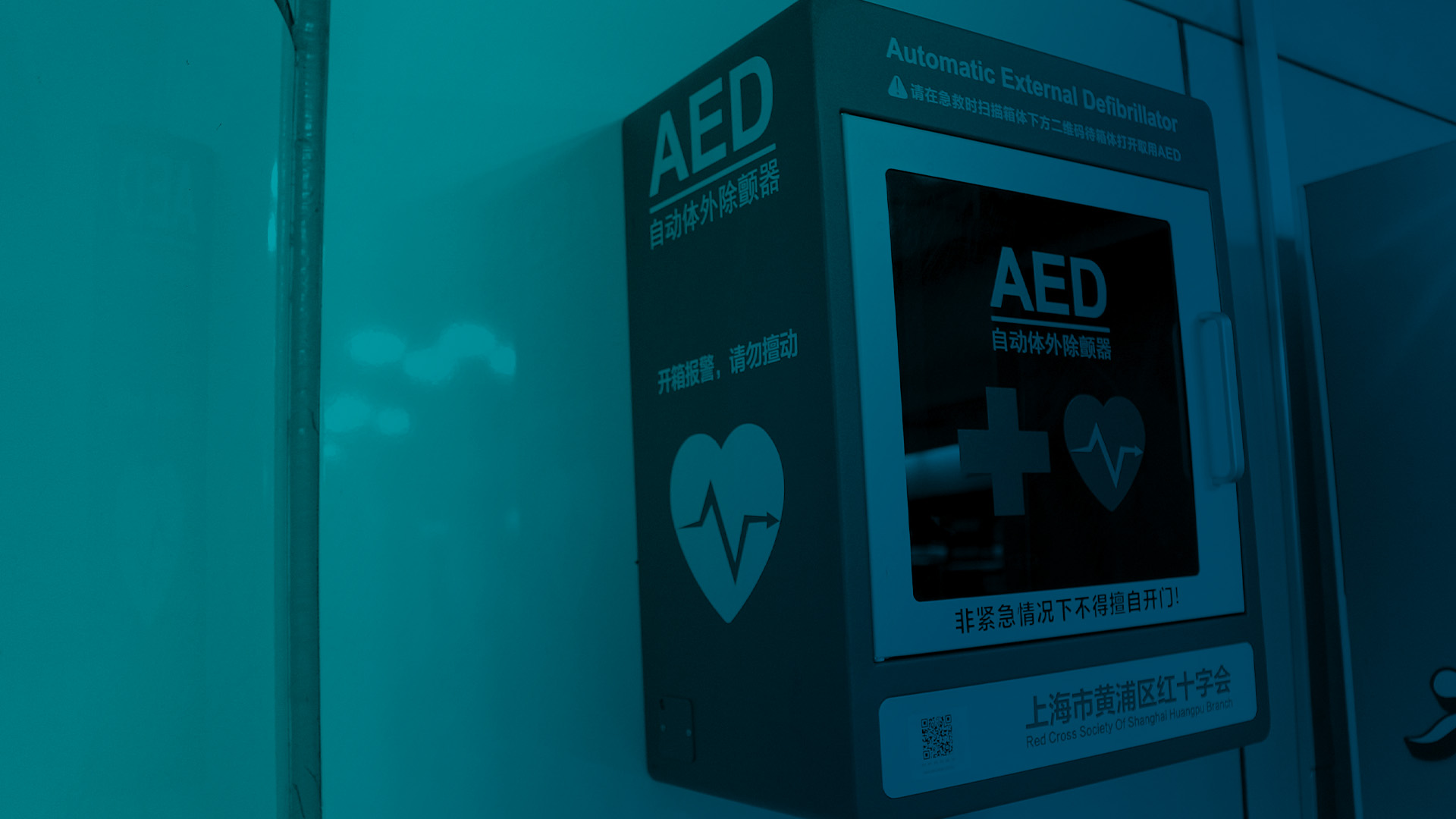
Abstract
Background: Automated external defibrillators (AEDs) from community first responder systems (CFR-system) are important to achieve early defibrillation in out-of-hospital cardiac arrest (OHCA). It is unclear how far community first responders (CFR) can travel to fetch and connect an AED to achieve this goal. This study aims to evaluate the relation of the distance between OHCA and the dispatched CFR-system AED and speed of AED-connection.
Methods: Within the Dutch prospective ARREST registry, OHCA patients from 2016 to 2021 with a connected CFR AED were identified. The location of each connected AED was retrieved. Straight-line distances between patient and AED-location were calculated using Google Maps. Time intervals between emergency-call and AED-connection were compared according to straight-line distances and degree of urbanization.
Results: Out of 3231 OHCAs with the CFR-system activated, 2037 (63%) patients had an AED connected before emergency medical services arrival, of which 426 by a CFR. Exact AED-locations were known in 387 OHCA (study population). Overall, the AEDs connected by a CFR where located within 949 m straight-line distance of the OHCA. AEDs connected within 6, 8, or 10 min of the emergency-call, were located within 506 m, 796 m and 838 m straight-line distance, respectively. In 44% of these cases, the CFR connected an AED to which he/she was not referred to, but taken from another address, which significantly impacted the maximal distance covered: 773 m for CFR-system referred AEDs versus 1126 m for not CFR-system referred (p = 0.001).
Conclusion: To facilitate early AED-connection (≤6 min), any address should have a CFR-system AED located within approx. 500 m.
Full article;





